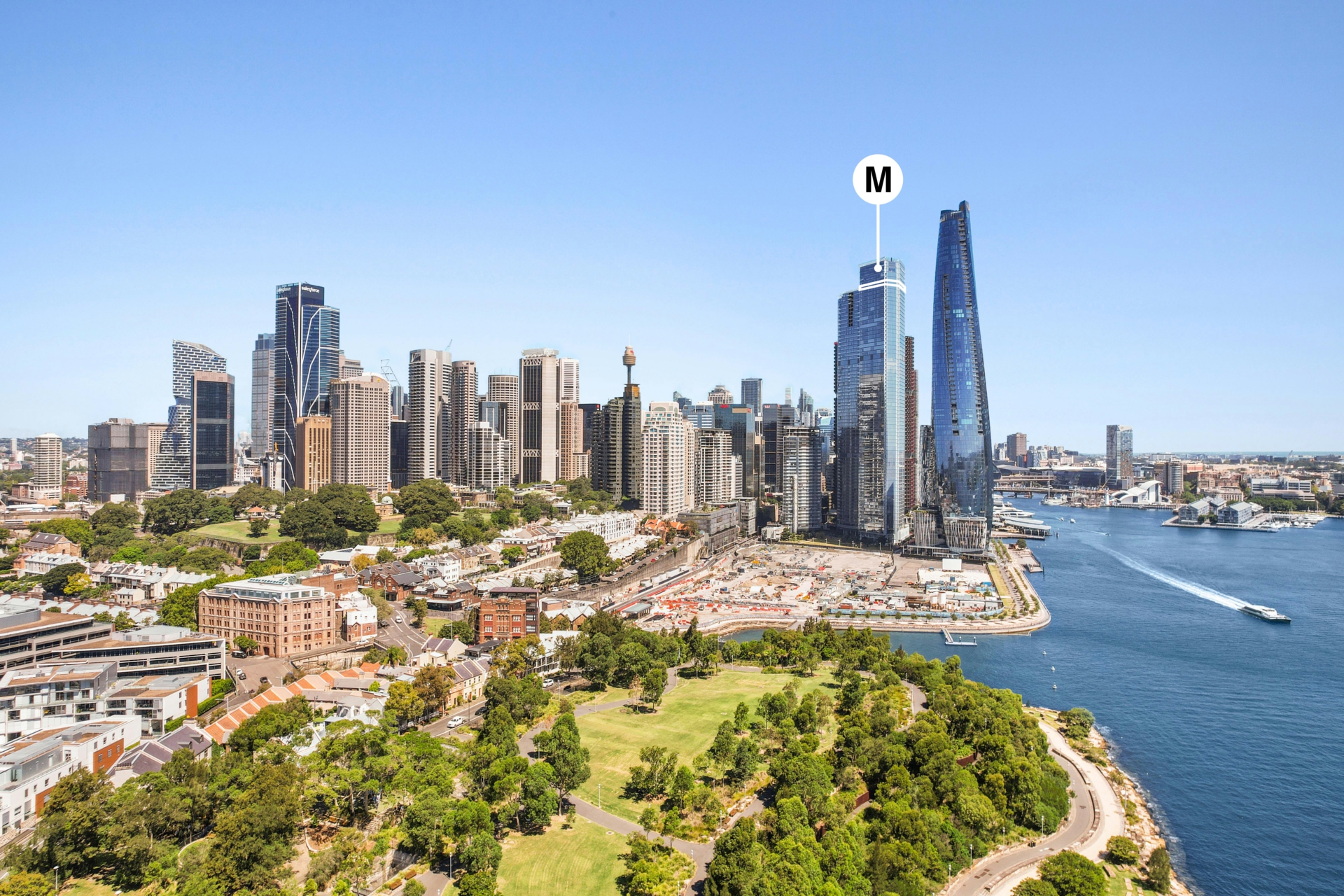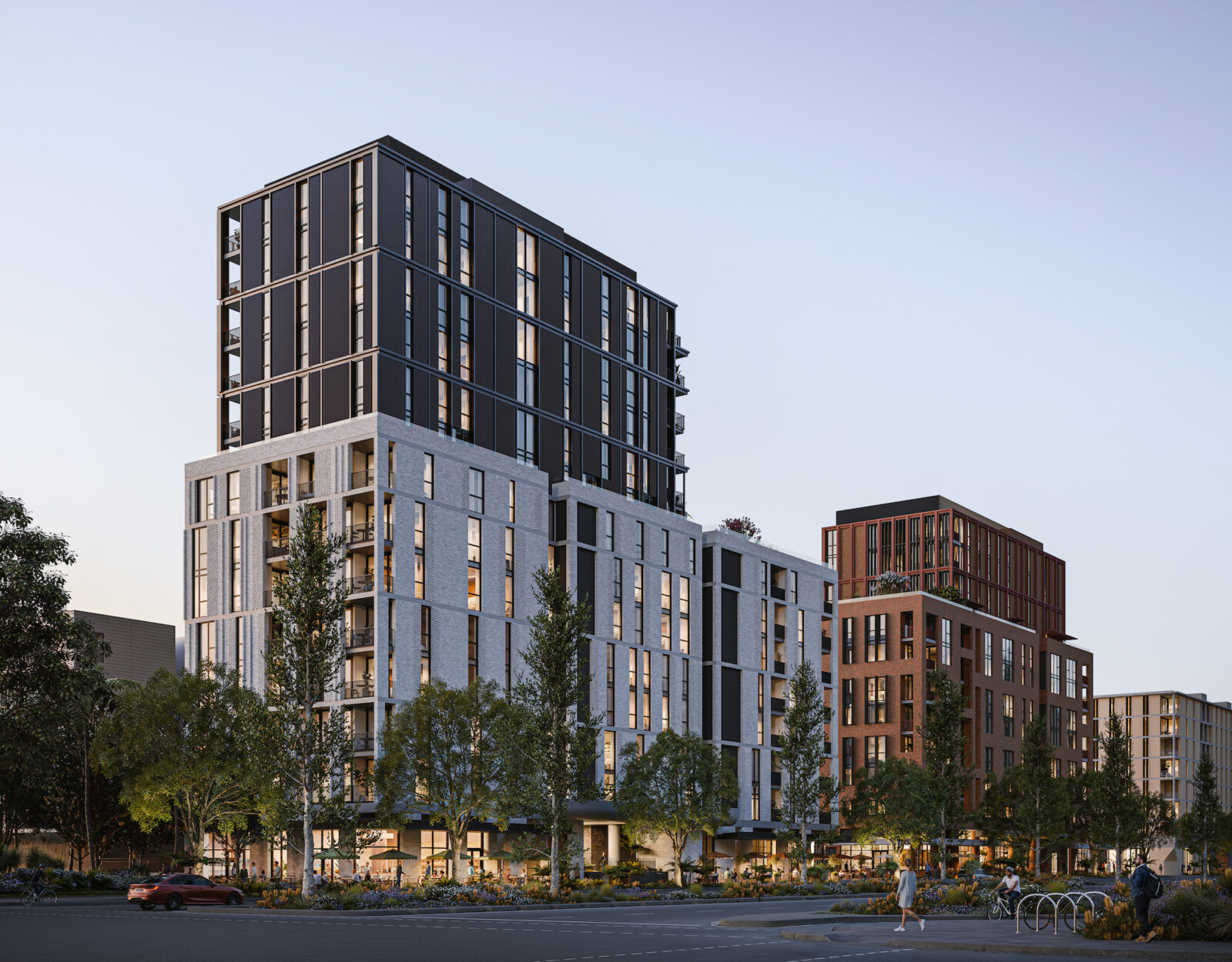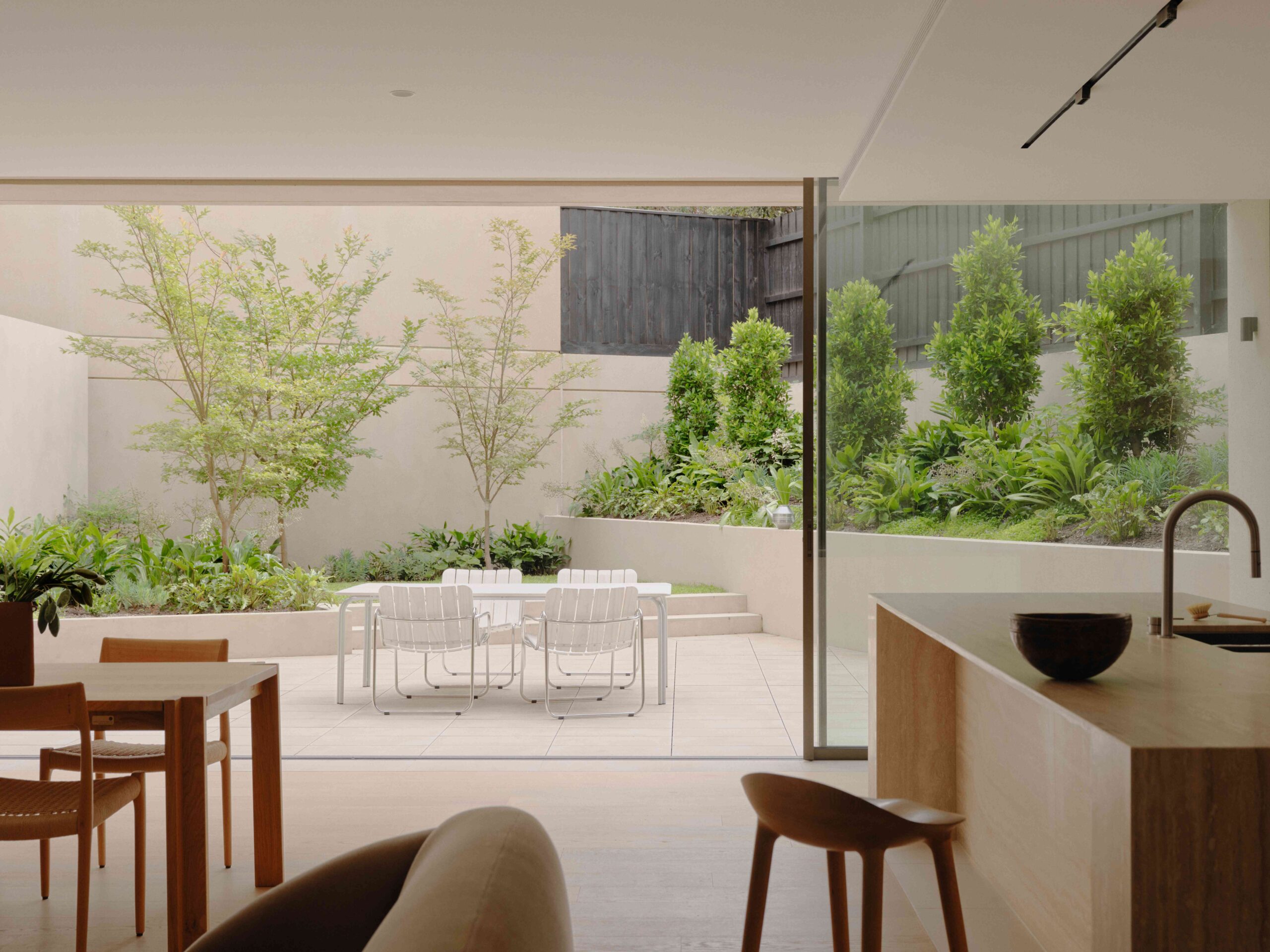Sydney again records the highest prime annual rental growth out of 15 global cities
19 August 2024
Sydney has again recorded the highest annual growth rate for prime rents out of 15 key markets around the globe, with Knight Frank’s latest research for Q2 finding the city saw a 13.9% rise over the past 12 months.
Its growth rate was almost 3% higher than Tokyo, which saw an 11% rise in luxury rents over the 12 months to the end of Q2, according to Knight Frank’s Prime Global Rental Index (PGRI) Q2 2024.
Berlin came in third, with annual growth in prime rents of 6.9%.

The PGRI, which provides a quarterly snapshot of trends in luxury lettings markets across 15 key world city markets, found prime city residential rental growth had stabilised over Q2.
Average annual rental growth across the 15 cities was at 3.5% in the 12 months to the end of June 2024, remaining at the same level seen in the first quarter of the year.
The result halted the ongoing decline in annual rental growth that had been evident since growth spiked in early 2022.
While the rate of growth is significantly lower than the average growth seen in recent years, it is only slightly below the long run pre-Covid average rate of 3.8%.
In Q2, 80% of markets saw rents rise on an annual basis – again the same as the previous quarter – with Hong Kong, Toronto and Singapore the only exceptions, with these cities seeing rents under pressure due to relatively heathy new supply volumes.
Knight Frank Australia Chief Economist Ben Burston said Sydney was the strongest market tracked by the PGRI, with rents rising by nearly 14% over the past year.
“The Sydney rental market has tightened significantly due to strong immigration over the past two years, which surged after Covid restrictions were eased, and has yet to be significantly offset by the delivery of new supply,” he said.
“However, the pace of growth is now easing, with Sydney’s quarterly growth rate falling from 4.5% in Q1 to 0.9% in Q2, indicating that affordability is becoming a constraint on the rental surge, while the rental market has also benefitted from a rise in listings in recent months.
“While growth has slowed, upward pressure on rents is likely to persist will persist until investor demand for new apartments is strong enough to drive a substantial injection of new supply.”
Since Q1 2021 prime rents in Sydney have risen by 40.9%, sitting behind New York recording the highest growth at 57.1%, followed by London (56.5%), Miami (45.8%) and Singapore (41.4%). These are the only five cities to record growth of more than 40% over this time.
Across the 15 key cities, prime rents are now 27% above their Q1 2021 level on average.
Knight Frank Global Head of Research Liam Bailey said: “The recent slowing in prime rental growth suggests an end to the substantial upward repricing of key city markets seen over recent years. Even the luxury sector is subject to affordability constraints, and in most cities, rental growth has moved closer to long-term trend levels.
“However, with the majority of markets still experiencing pressure from relatively strong demand set against limited supply – exacerbated by Covid-era development disruptions – upward pressure on rents is likely to support above-trend growth in the medium term.”
Rachel Keeley, Senior Portfolio Manager at McGrath, Knight Frank’s partner in Australia, said:
“The demand for luxury rentals in Sydney is steady, driven by a combination of limited supply and a growing appetite for high-end living spaces. Properties in prime locations such as Barangaroo and the CBD are particularly sought after.
“We’ve recently seen great success in Barangaroo, a testament to this trend. Barangaroo has become a hotspot for luxury rentals, attracting tenants who are looking for top-tier amenities and a vibrant lifestyle. The area’s exclusivity and the quality of developments have positioned it as a premium choice for discerning renters.
“Two notable properties recently leased are units 85B and 84C at Lendlease’s “One Sydney Harbour”. Unit 85B was leased for $8000 a week, while unit 84C was leased for $6000 a week. Both leases are for three years with annual increases. This development has seen considerable success, with multiple tenancies secured at premium rates.”






